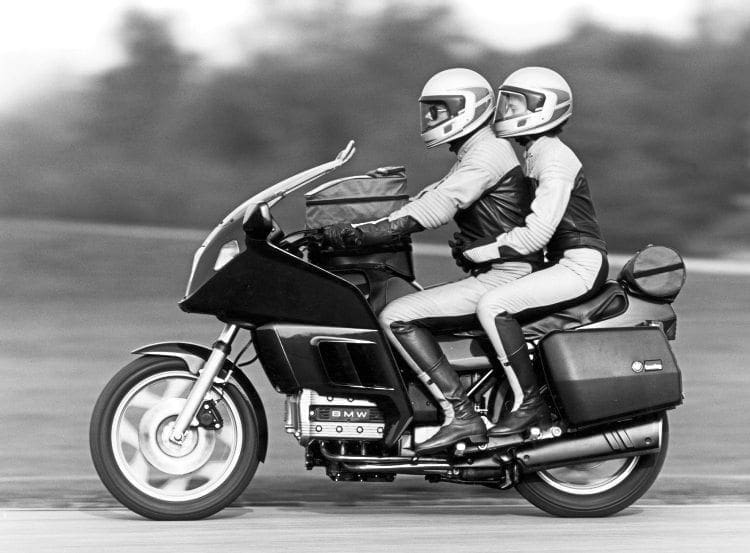
Q: Having followed the manual (or so I thought) to adjust the rear brake on my BMW K1100LT I was left on a dual carriageway with a seized rear brake. At first I felt it was an engine problem due to severe loss in power but I knew it was the brake when it pulled up very sharply. There is supposed to be a 0.2mm gap which I assume is between the top of the adjusting bolt head and the brake switch.
The problem is with the brake off no matter where the adjusting bolt head is positioned the brake switch spring is always closed so how is the 0.2mm gap achieved? In addition the manual says to move the master cylinder screw until a slight resistance is felt when the brake pedal is pressed. I did this and felt the rear wheel moving freely and even backed off a quarter turn just to be sure.
However, I believe this adjustment is what caused the brake to seize. After adjustment the rear wheel felt to be rotating freely but the pads must have been rubbing enough to create friction at about 60mph to heat the brake and seize it. The following day after everything had cooled down I adjusted everything again and went back out and all was okay on the country lanes so I went back to the dual carriageway and after about half a mile it seized again. The only way I have been able to stop it seizing is to have excess travel in the brake pedal. The pads are only 2000 miles old and the brakes were bled when the pads went in. I would like to know how the correct adjustment should be made and should I bleed the brakes again if the fluid has been cooked after seizing?
A: Just to clarify, there are two separate adjustments here. The first is for the brake light switch and it is to ensure that the brake light is not on all the time. The spec of 0.2mm is to make sure that the head of the bolt is not touching the switch lever when the pedal is released and thus I suspect is not absolutely critical. Provided the light is off when the brake is released and on when it is operated, that will satisfy the MoT examiner. If you cannot achieve any gap, something must be bent or otherwise damaged. The other adjustment determines how far the brake pedal can move before it operates the master cylinder, and I do not think the manual is very clear. There should be enough free play such that the master cylinder piston is resting at its outer limit of travel when the pedal is released, so there will be movement of the pedal before there is movement of the piston following operation of the pedal. One possibility though might be that you might accidentally have your boot resting on the pedal as you ride? I would change the fluid as you suggest.


